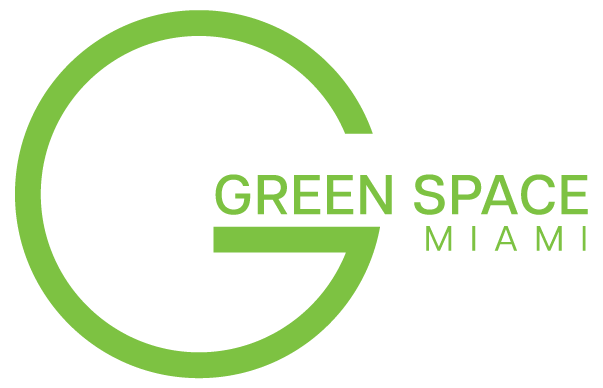John DeFaro, a native of Long Island, was born in Greenport, baptized on Shelter Island, and raised in Southampton, NY. His early exposure to a strong work ethic came from his stepfather, a vending machine operator who collected quarters from pool tables, cigarette machines, and jukeboxes. This value of perseverance continues to shape DeFaro’s life as a self-taught artist with a committed creative practice.
His mother, Dyan—known for her Saks Fifth Avenue style and sharp honesty—was the youngest of 13 children from a Czechoslovakian farming family in Connecticut. She introduced DeFaro and his siblings to art and culture, frequently taking them to the Parrish Art Museum, originally located in Southampton and now housed in a building in nearby Water Mill designed by architects Herzog & de Meuron. DeFaro exhibited at the Parrish Art Museum during the First Annual Design Biennial in 1991. Although he never met his Italian birth father, a naturalist and farmer, nature became a vital part of DeFaro’s life from a young age.
Growing up, DeFaro spent his youth biking to the ocean and working with his brother in local gardens, fostering a deep connection to the outdoors. At 26, he was diagnosed with HIV, a life-changing moment that intensified his environmental advocacy and heightened his awareness of life’s fragility. Now a healthy 38-year HIV+ survivor, this experience continues to inform his art and commitment to supporting those unable to advocate for themselves.
In 1983, DeFaro met Henry Geldzahler, former curator of 20th-century art at the Metropolitan Museum of Art, who became a mentor and friend. Their relationship offered DeFaro transformative experiences, including visits to renowned artists’ studios, such as Isamu Noguchi’s. During this time, DeFaro explored folk art and painted whimsical landscapes that reflected his love for outsider art.
With no formal art education, DeFaro supported himself through retail and gardening jobs, finding healing and inspiration in nature. In 1989, he expanded his creative practice to include home furnishings, merging traditional American styles with modern aesthetics. This work led to The Art and Soul of Country collection with Lexington Home Brands, a 100-piece line that was in production for five years.
Attracted by the lush greenery of Miami, DeFaro relocated there in 1996. The city’s vibrant tropical plants, which appeared to flourish overnight, stood in stark contrast to the slower cycles of northern flora, further inspiring him. Miami also became the home base for GreenReligion.com, an initiative that enables DeFaro’s environmental ideas to develop organically.
Known for exhibiting in unconventional spaces, DeFaro reaches broader audiences with messages of environmental stewardship and self-care. His recent exhibitions, including Green Paintings and the performance piece Sew Me with dancer Niurca
Márquez, premiered at the Feria Clandestina Art Fair during Miami Art Basel Week 2023. In 2024, he was selected for Green Space Miami’s UNVEILING POWER: Examining Influence exhibition, continuing his exploration of status, power, and ecological responsibility. In 2023, he also served as a grant panelist for the Miami-Dade County Department of Cultural Affairs’ Summer Arts & Science Camps for Kids program.
DeFaro’s work is rooted in the love of nature he cultivated as a boy in pre-gentrified Eastern Long Island. Each project reflects his personal healing journey and environmental advocacy, inviting others to slow down, reconnect with nature, and care for the world we share.
No Coffee Table
My instinctive creative drive fuels my recent makings, just as it did following my HIV + diagnosis in 1986. The series of works serve as a profound bridge between my present and past, weaving a visual narrative that encapsulates the authenticity of my experiences. This distinctive series of works introduces a fusion of monochromatic and minimalist-style paintings, drawings, and assemblages, embracing methodically crafted surfaces alongside refined and layered compositions.
In my early twenties, as a self-taught Queer artist, life felt both agonizingly slow and overwhelmingly fast. Moving to Miami in 1996, I found healing and a new lifeline in gardening, which led to discovering my “green religion”-a way of finding divine guidance through nature and embracing the sacredness of the natural world throughout my 38-year journey as a long-term HIV+ survivor.
“No Coffee Table” is an installation of two artworks that symbolizes eco-consciousness and the powerful influence of banned books. Today, book bans increasingly target works on race, LGBTQ+ issues, and climate change. In 2024, Florida legislation even removed the term “climate change” from state statutes, extending censorship to educational materials. Through ironic commentary, “No Coffee Table” questions whether “acceptable” books give depth to a space or if, instead, the absence or obscuring of such a table makes the artwork a stronger statement. Spanning public discourse, science, and politics, “No Coffee Table” uses art to advocate for the places we love: our biodiverse ecosystems on Earth and the landscapes within our minds.








